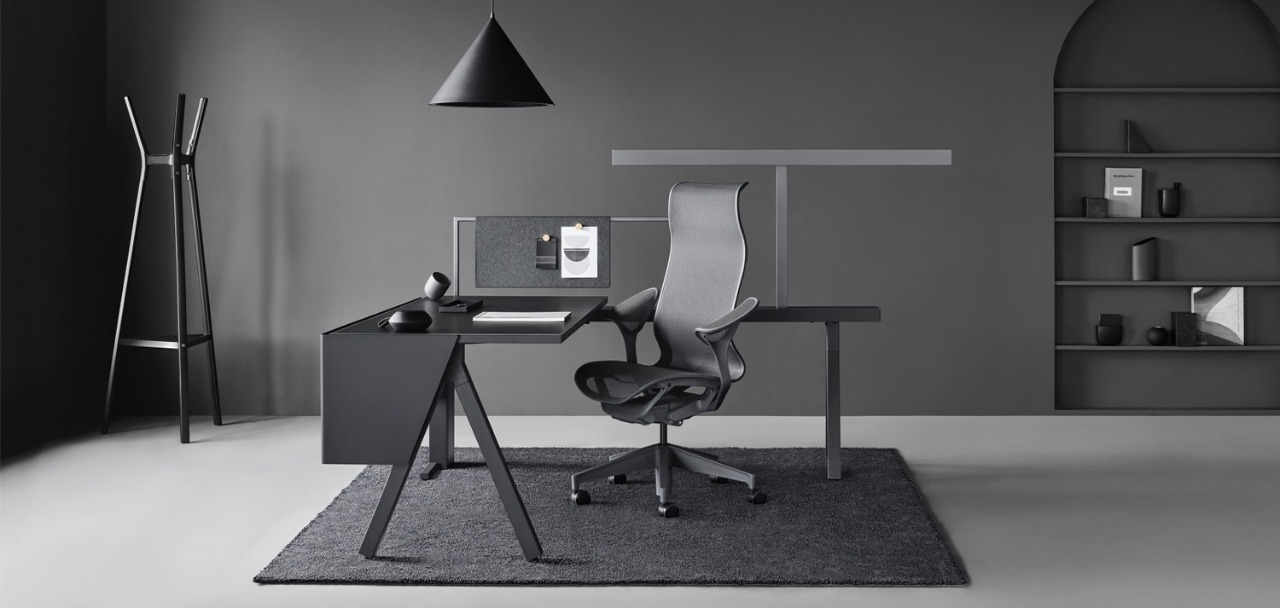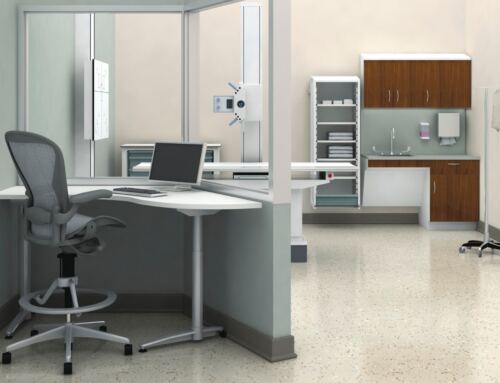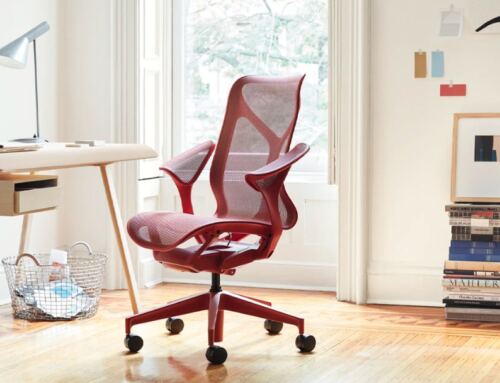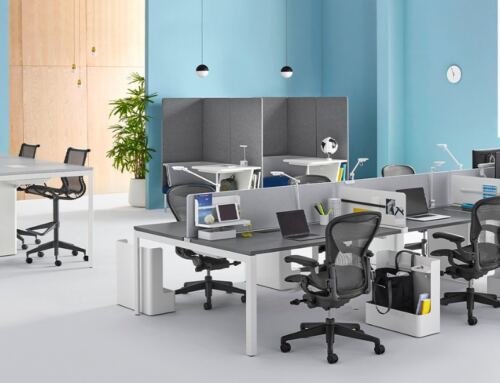Did you know? A productive person contributes much more to a positive work environment if they are more relaxed with the sitting space, an office chair. It’s not only about comfort. A good office chair should make it easier on your back and not affecting your health adversely.
Imagine this. At 40 hours per week, an average employee racks up approximately 1900 hours over a year. Multiply that by the average number of years a person works, and it’s easy to see that a large portion of one’s life is spent in an office chair. Yes! When choosing an office chair, one must consider the material, support, adjustability, overall style, and cost.
Here are some features you should be looking for when you buy an office chair.
- Adjustable Height and Backrests
- Armrests
- Lumbar Support
- Sufficient Seat Depth and Width
- Breathable Material and Sufficient Padding
- Easy to Operate Adjustment
- Swivel and Casters
If you want to get the best out of your employees, don’t forget the following factors:
- The backrest should be adjustable and follow the shape of the spine. It should also support the curve in the lower back.
- The feet should rest flat on the floor comfortably. If not, adjust the chair height or add a footrest.
- Armrests should be close to the body and allow the shoulder to relax.
- Arm height should be adjustable and match the height of the desk. It will prevent strain on the shoulders.
- In a sitting position looking forward, the center of the computer screen is vital.
- The chair’s back should come to the middle of the shoulder blades to provide adequate support above the shoulders.
- The chair’s seat should be long enough to put two or three finger lengths between it and the knee.
- If possible, the cushion should be memory foam. Other cushions wear out quickly and make the chair uncomfortable.
Bonus Tips: Rules for a Sitting Posture
- Eyes & neck: Your eyes should be aligned with the top of the monitor.
- Upper Back: Sitting straight is essential. Shoulders should be relaxed.
- Arms: Your arms should be relaxed. The Upper & lower arm should make a 90-degree angle.
- Lower back: Proper support of the chair to your lower back is essential.
- Hips & Bottom: sit comfortably on the chair.
- Knee & legs: your knees should not touch the chair’s seat, and your legs should have an angle of 90-110 degrees from your thighs.
- Seat height: Adjust your seat so that your feet rest flat on the surface.




